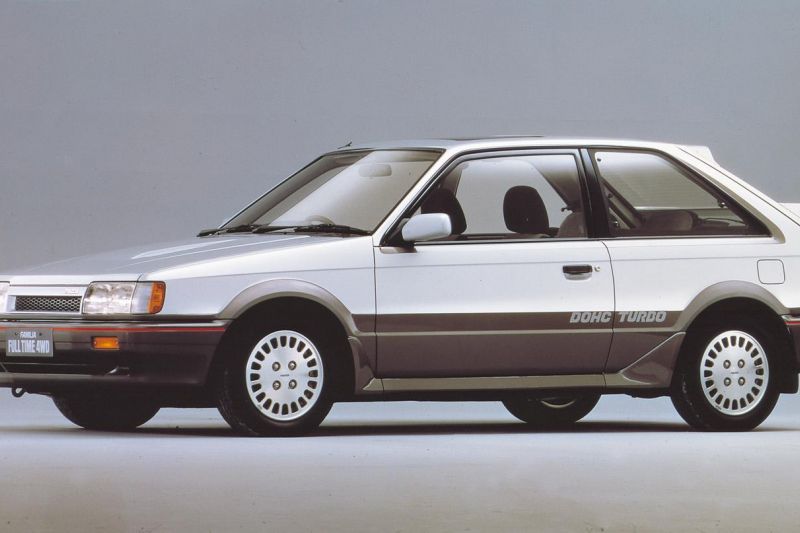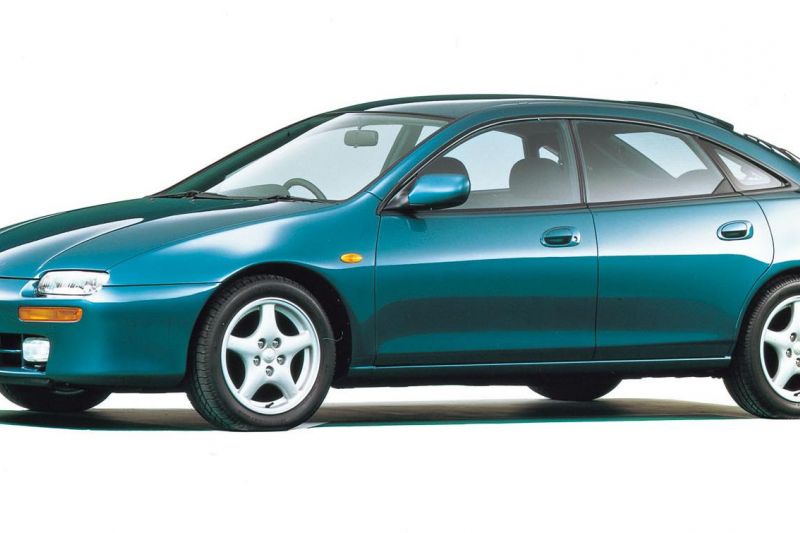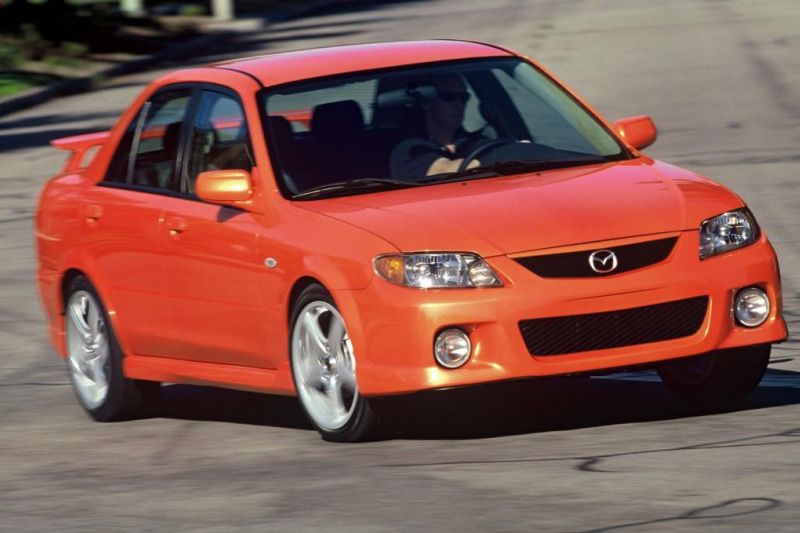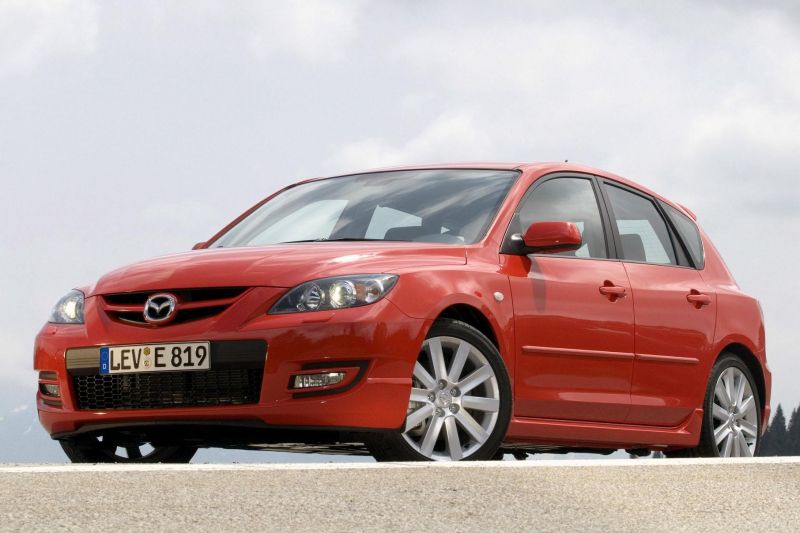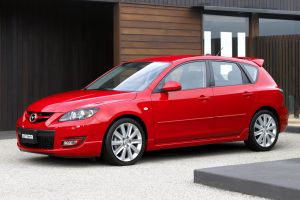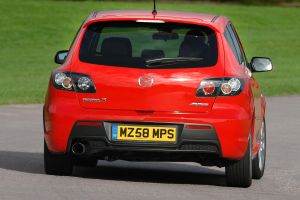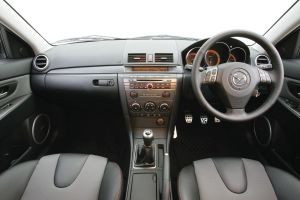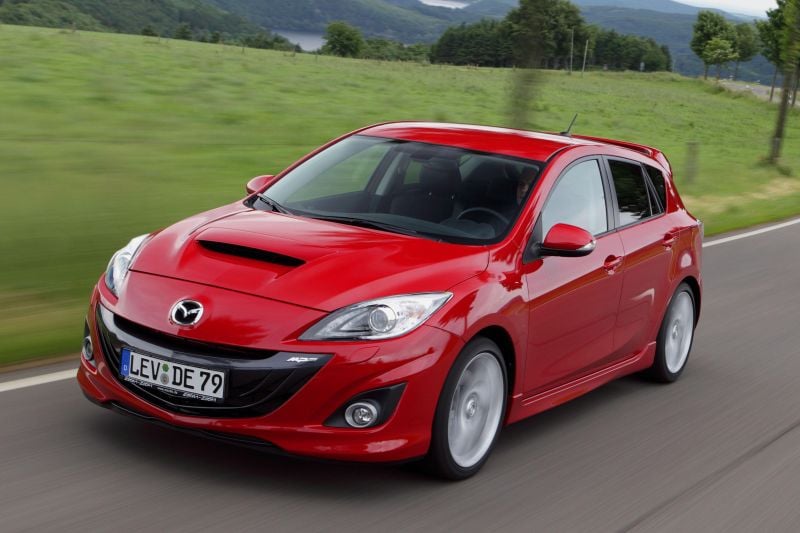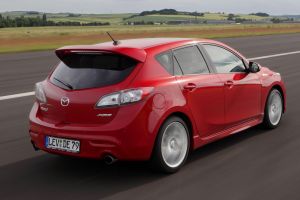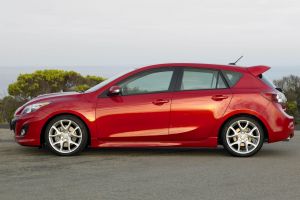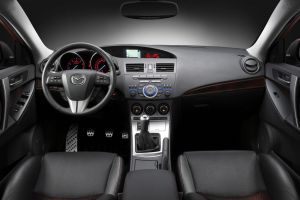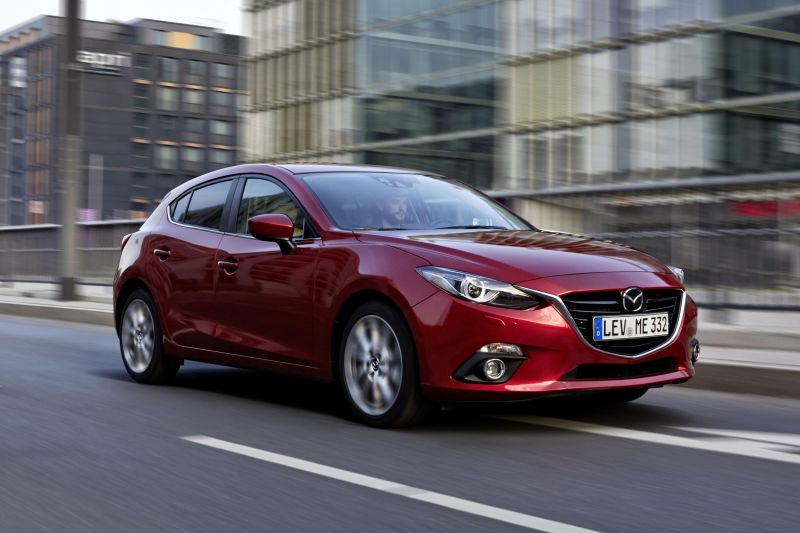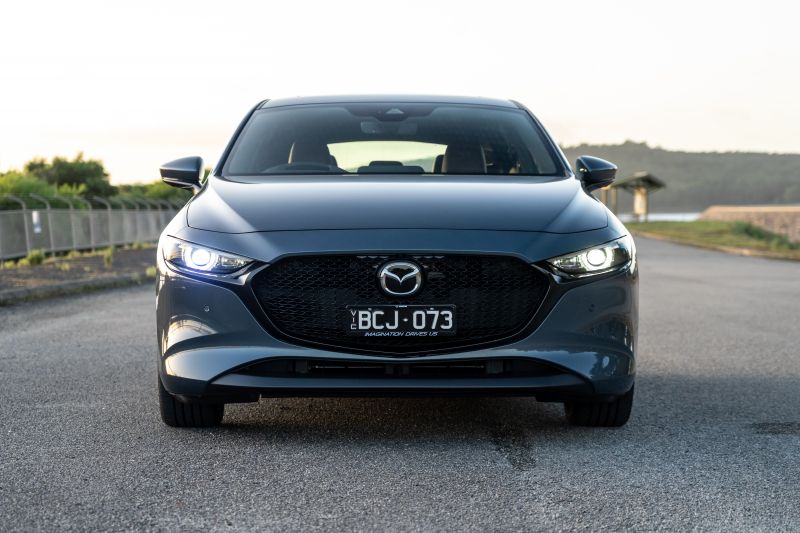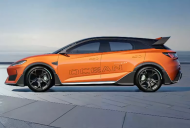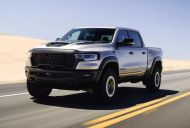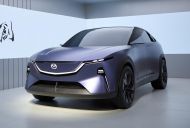The Mazda 3 Turbo has just been unveiled overseas, and it’s the latest performance model based on the Hiroshima marque’s small family car.
But it’s far from the first small Mazda to be treated to more performance-oriented makeover. Let’s take a look back at some of the friskier versions of the 323 and 3, starting in the mid-’80s.
1985 Mazda 323 Turbo (BF)
Engine: 1.6-litre turbo four-cylinder with 103kW and 187Nm
Transmission: Five-speed manual
Driven wheels: Front or all
Turbocharging was all the rage in the early-to-mid 1980s, and the Mazda 323 was not immune to the forced-induction siren call.
Under the bonnet was a turbocharged 103kW/187Nm 1.6-litre turbo paired with a five-speed manual, and either front- or all-wheel drive.
The all-wheel drive models served as homologation models for the company’s rally program, and with a wider track, stiffer body structure and lockable centre differential were precursors to the more famous Mitsubishi Lancer Evo and Subaru Impreza WRX.
In Australia the car wore Mazda 323 Turbo and SS Turbo badges, and was also sold as the Ford Laser TX3 Turbo. Overseas the GT and GT-X names were used instead.
1992 Mazda 323 GT-R (BG)
Engine: 1.8-litre turbo four-cylinder with 154kW
Transmission: Five-speed manual
Driven wheels: All
For the next generation 323/Familia, the GT-X adopted a larger 1.8-litre turbo engine making 136kW, a considerable step up from the previous model.
The GT-X was only available as a three-door hatch, and was fitted with all-wheel drive and a limited-slip differential.
Built for homologation purposes, the GT-R took the GT-X, and added an intercooler and improved engine internals to increase power to 154kW. Oh, it also sported bonnet scoops and rally-style lights in the bumpers.
Sadly nothing like the Familia GT-X or GT-R came to Australia as the local Mazda arm elected to just sell the 323 sedan and 323 Astina liftback, while the contemporary Ford Laser TX3 Turbo was only equipped with a 117kW/206Nm 1.8-litre turbo.
1993-1998 Mazda 323 Astina V6 Type-R (BA)
Engine: 2.0-litre V6 with 125kW
Transmission: Five-speed manual
Driven wheels: Front
Powered by a strong export economy and buoyed by an inflated property market, Mazda hatched a plan to out-Toyota Toyota by creating an eye-watering array of new models and spreading them across a slew of newly whipped-up brands.
The 323 Astina was one of the last car’s engineered during these bubble economy heady days, with the hatch penned by a former Porsche designer.
In Australia, the Astina range was topped off by 2.0-litre V6 making 104kW and 183Nm. For the home market, though, there was a Type R variant with 125kW and a limited-slip differential.
Although the Astina proved popular in Australia, it sold poorly in Japan.
Having owned an Astina V6, I can confirm the V6 made up for its lack of low-down torque with a smooth revving demeanour. It was a little front heavy, though.
While frameless windows certainly added to the Astina’s still stellar looks, body rigidity certainly took a hit.
Fans of pint-sized V6 engines were well served during this period because Mazda also had a 1.8-litre V6 available in the MX-3, which was sold in Australia as the Eunos 30X.
2002-2003 Mazdaspeed Protege (BJ)
Engine: 2.0-litre turbo four-cylinder with 127kW and 210Nm
Transmission: Five-speed manual
Driven wheels: Front
0-97km/h (0-60mph): 6.9 seconds
After the excesses of the late 1980s and early 1990s Mazda developed a generation of cars where continued existence was the key, and styling and performance were afterthoughts.
Thankfully Mazda’s North American arm needed a second car to make its “Zoom zoom” marketing campaign click.
Launched in 2002, the Mazdaspeed Protege was developed with the help of tuning shop Racing Beat and featured a new suspension setup, limited-slip front differential, 17-inch alloy wheels, and a 450W sound system.
Thanks to Callaway, the Mazdaspeed sedan had a 2.0-litre engine assisted by a turbocharger upping power to a healthy 127kW and 210Nm.
Only 3500 were made, and all for the US market.
2008-2009 Mazda 3 MPS (BK)
Engine: 2.3-litre turbo four-cylinder with 190kW and 380Nm
Transmission: Six-speed manual
Driven wheels: Front
0-100km/h: 6.1 seconds
The Mazda 3 MPS — or Mazdaspeed 3 as it was known in some markets overseas — used a slightly detuned version of the 2.3-litre turbo from the Mazda 6 MPS, but it still had a lot of power even by today’s hot hatch standards.
To put things in perspective, the sixth-generation Volkswagen Golf GTI had a 2.0-litre turbo with 150kW and 280Nm.
While 6 MPS had all-wheel drive, the 3 MPS was front-wheel drive only, which led to some interesting issues with torque steer.
Visually the MPS is differentiated from other 3s by its unique bonnet, bumpers, alloy wheels, and rear wing.
2009-2013 Mazda 3 MPS (BL)
Engine: 2.3-litre turbo four-cylinder with 190kW and 380Nm
Transmission: Six-speed manual
Driven wheels: Front
0–100km/h: 6.1 seconds
For the renewed MPS, Mazda used the same drivetrain as before, but added some extra aggro to the car’s styling with a prominent bonnet scoop and a larger rear spoiler.
The company dialled back torque delivery in first and second gear in order to quell complaints about torque steer in the original version.
2013-2018 Mazda 3 (BM, BN)
In the previous generation 3 there wasn’t a hot or a warm version. Not even overseas.
The engine selection topped out with the naturally-aspirated 2.5-litre four-cylinder petrol engine, which had 137kW and 251Nm.
For compression ignition fans there was also the XD Astina, which came with 2.2-litre turbo-diesel with 129kW and an MPS-shaming 420Nm of torque.
Shame, really, given the chassis could certainly handle a few more horses.
2021 Mazda 3 2.5 Turbo
Engine: 2.5-litre turbo four-cylinder with 170kW and 420Nm
Transmission: Six-speed automatic
Driven wheels: All
For the latest performance variant, Mazda is lifting the 2.5-litre turbocharged drivetrain from the range-topping CX-9 and 6 models, and fitting it to the hatchback.
This means there’s no manual option, which should help sales but will anger internet denizens.
All-wheel drive means the torque steer problems in the earlier MPS models should be a thing of the past.
What’s your favourite hot Mazda 3 or 323? Let us know in the comments section below.

